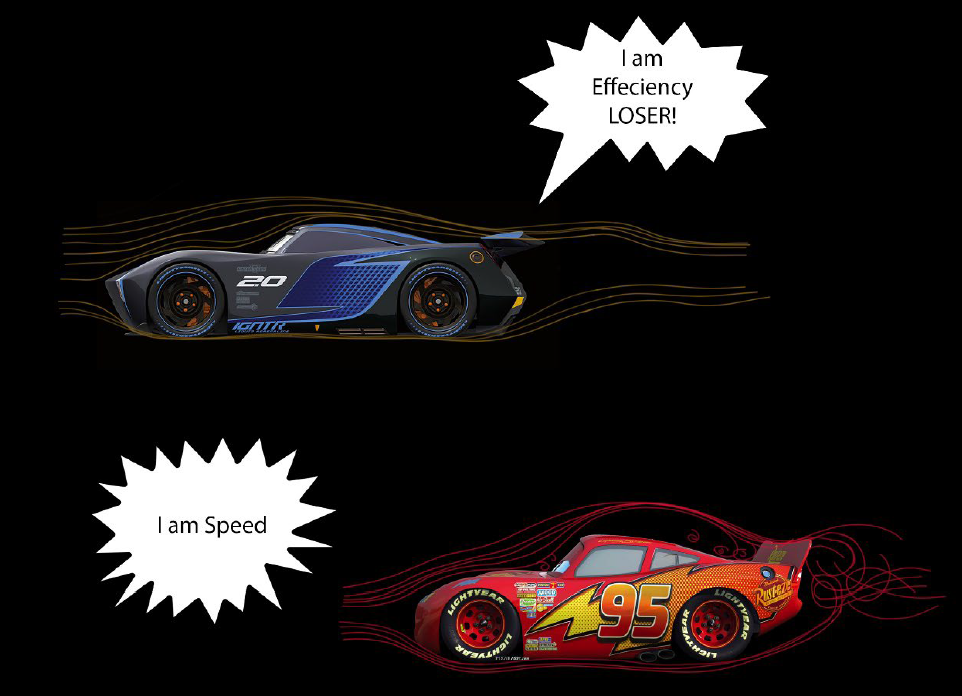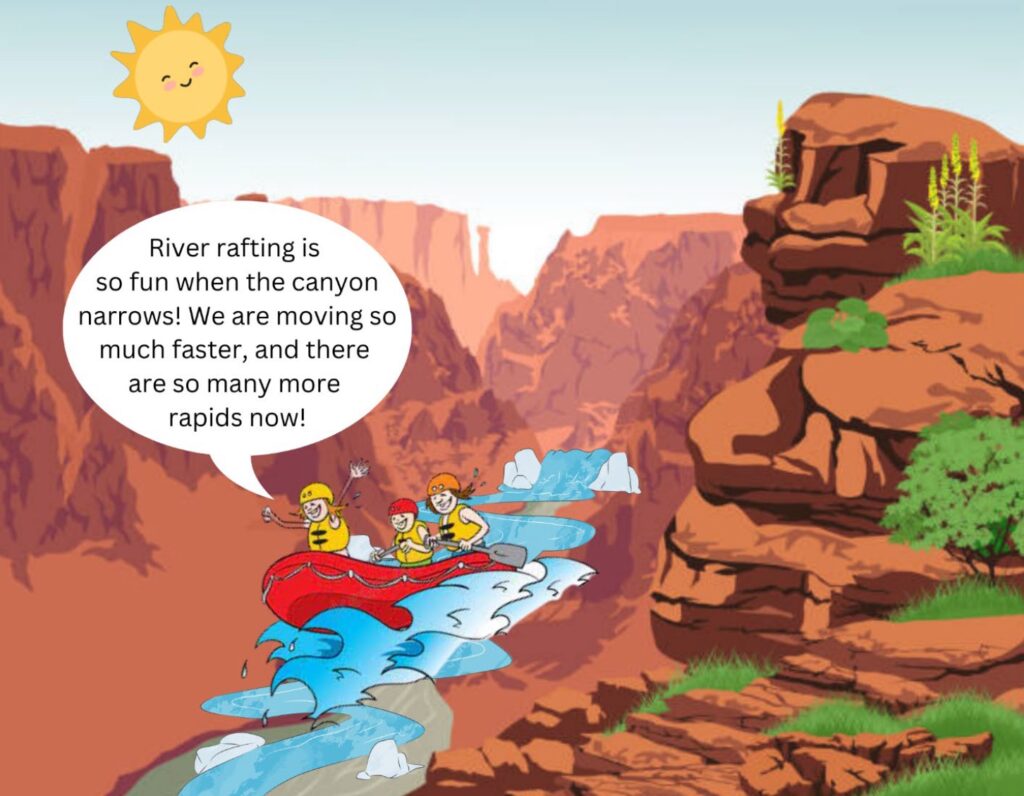FAST (Fluids, Art, and StoryTelling! )
Storytelling is one of the oldest forms of teaching and is routinely practiced in business and literature classes but is less common in STEM. Digital storytelling has the potential to facilitate the integration of student engagement, reflection for deeper learning, project-based learning, and effective use of technology, all of which are key student-centered learning techniques. Storytelling can benefit STEM in three different ways. First, storytelling helps teachers keep students engaged and excited in difficult classes such as fluid mechanics and computer programing. Second, digital storytelling assignments can improve student learning experience by helping them organize and express their knowledge in an individualized meaningful way. Finally, the art of storytelling helps us researchers present our work (funded by the taxpayers) to the general public, generate excitement and support for STEM education, and ultimately benefit by having a more diverse STEM population in our classroom and research labs.
FAST in classroom
We have integrated FAST in undergraduate fluid mechanics class at the University of Utah (ME EN 3710) and previously at Northern Arizona University (ME 395). FAST is assigned as part of the end of semester project. As part of this project that students work on during the second half of the semester the students
- Select a topic among an exhaustive list of modern topics in fluid dynamics research.
- Search and find at least four papers.
- Write a 3-4 page mini-review paper explaining the topic and what they learned. They also include a one paragraph prediction of the future in this field.
- They set up in creative experiment that can be carried out at their home/apartment (e.g., kitchen, bathroom, backyard, etc.). As part of the experiment they create an artistic visualization of some fluid flow phenomena and use that to explain one of the key concepts in their topic.
- FAST: Students create a cartoon/animation visualization for one of the key concepts in their topic and use that to explain their topic in the form of a story to an 8th grader.
Sample student FAST submissions:
Vortex dynamics (hurricane man!)
Animation:
Story:
Hurricane vortex formation for 8th graders: In this story, the formation of a hurricane is elaborated on. A hurricane is a type of vortex seen in nature and was also the basis for my in house experiment to determine whether great temperature shifts affect rotation speed, which I found to be true. The plot goes like this: a couple ends up at a beach without a clue where they are. It is assumed that they got lost while traveling. Suddenly a superpowered person approaches them asking if they are in need of a hurricane. The couple obviously says no. Hurricane man decides to create a hurricane anyways. He then flies into the middle of the ocean and demonstrates his nature-like abilities to create a hurricane. As a preface, unstable, rising, turbulent flow is what causes hurricanes to grow. He starts making his hurricane by evaporating the warm moist band of air at the surface of the ocean with colder air in a cyclic routine until a storm cloud forms. A storm cloud forms because two opposing flows are interacting with each other. Wind and opposing temperatures will make this storm grow and begin to spin. He then states that gravity and the spin of the planet will determine which direction the hurricane will spin in, which is clockwise in the northern hemisphere. This spin is due to the fluid particles rotation relative to an invisible common center axis. A hurricane is now formed and the people on the random beach (which ended up being in Florida) are caught in the storm.
Aerodynamic flow control

This cartoon is based off the Pixar movie Cars 3 with characters Lightning McQueen and Jackson Storm. Throughout the series Lightning has always been the fastest car on the track because he has the most powerful engine, commonly uttering his catchphrase “I am speed”. However, in Cars 3, a new rookie, Jackson Storm, starts winning races because his new body style has “two percent lower drag coefficient, five percent increased downforce, 1.2 percent higher top speed”[#]. The cartoon highlights these improvements by showing the flow of air around both Lightning and Storm. Lightning’s body shape creates turbulent airflow behind him slowing him down. This is shown by the swirling air paths formed at the rear bumper. On the other hand, Storms new body style has been designed to reduce turbulent airflow and increase efficiency seen by the smooth flow of air behind him. As the movie and cartoon shows, efficiently controlling airflow is crucial to having the fastest car.
Fluid dynamics of fish

One day under the sea, the local fish gathered for a race. The majority of the fish were similar shapes: smooth ovals with narrow fins and tails. One fish was actually a tadpole, and one fish was wearing some sick clothing. When the referee blew the whistle, the fish were off! The tadpole noticed himself falling behind the rest of the group. He thought that the water was pushing back on him more than it seemed to push back on the other fish. He was right! This backwards force is called drag, and it is caused by water circling off the tadpole’s tail and applying pressure back on him. Too bad, looks like he won’t win the race! The fish without epic outfits fell in the middle of the race. They were more streamlined than the tadpole, meaning that water flowed around them better and didn’t cause as much backwards pressure. The fish with amazing attire pulled into first place. When asked how he secured his victory, he said that his outfit’s surface was made of a special type of tiny scales called denticles, which are found on shark and ray skin. The denticles create small swirls in the water, called vortexes, as well as small amounts of suction. When the fish (or shark) swims, the vortexes and suction create more thrust to help push it forward. Hooray, the fish with the great garments is victorious!
Fluid dynamics of rivers

Have you ever wondered how rapids are formed when you’re rafting down a river? Well, the answer is fluid dynamics! Just like you’ve learned about how mass is conserved in your science classes, there’s a simple equation that governs how water is conserved. Imagine it: if water is moving slowly in a wide river and suddenly the river narrows, is the water just going to disappear? Of course not! This equation is called the continuity equation and it states that the speed of the water multiplied by the area that it flows through stays constant always. So as the canyon narrows, the area the water is flowing through gets smaller, which means the speed has to go up. All that water squished into the smaller area creates the fun waves that splash your face during the summertime. So next time you’re paddling your way down a river, you can show off to your friends that you understand the physics behind the adventure of your life!
FAST in outreach
We use the outcome of FAST as part of our outreach activities. Previously, at NAU we collaborated with STEM CITY’s Full STEAM Ahead program where we leveraged FAST activities. Currently, we are working with the University of Utah College of Engineering’s outreach programs to integrate FAST activities in summer engineering camps.
Assessment
The FAST project at Utah was assessed using the ABET learning outcome 7 (an ability to acquire and apply new knowledge as needed, using appropriate learning strategies). This was done in coordination with the department’s ABET committee.
